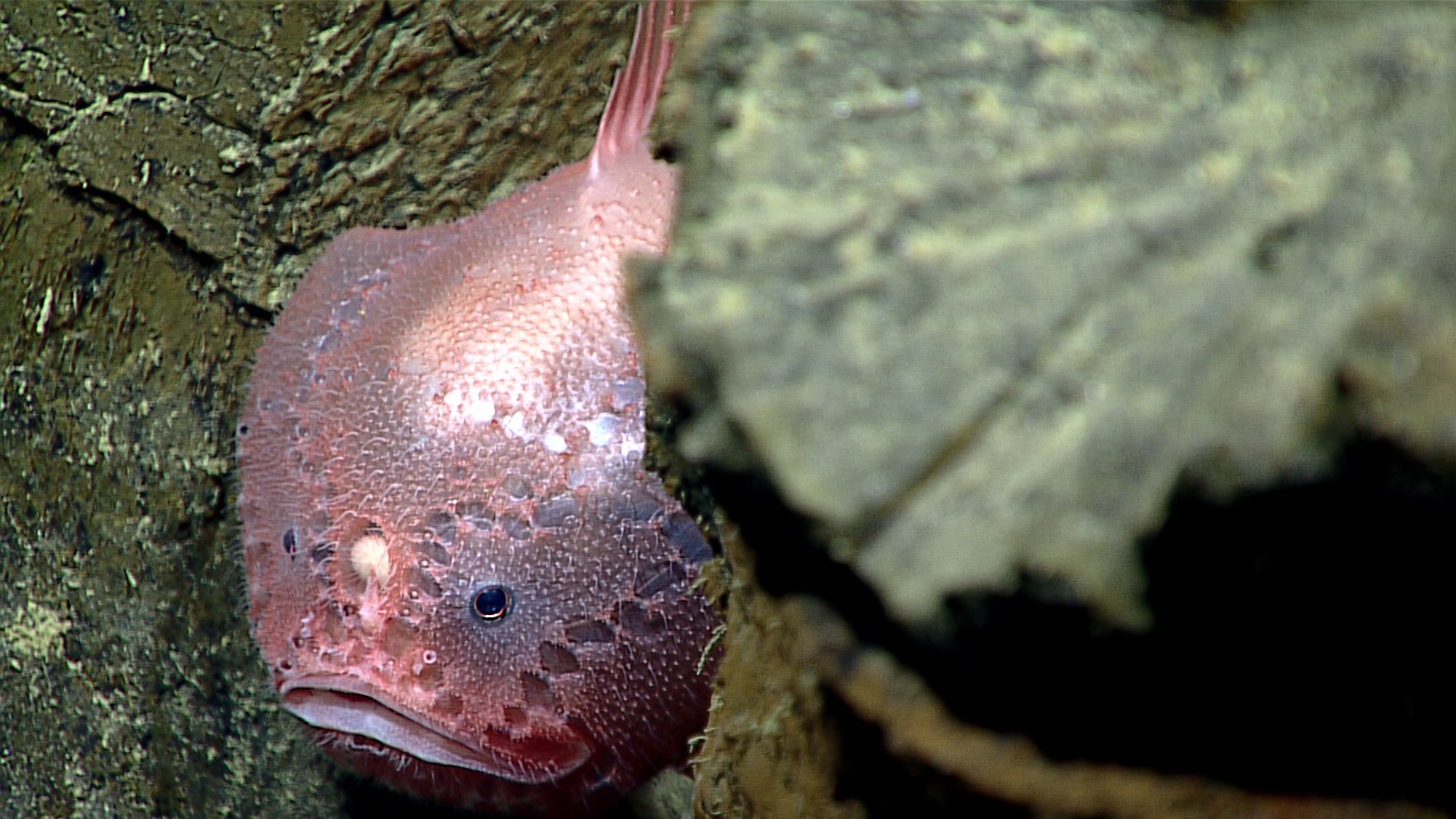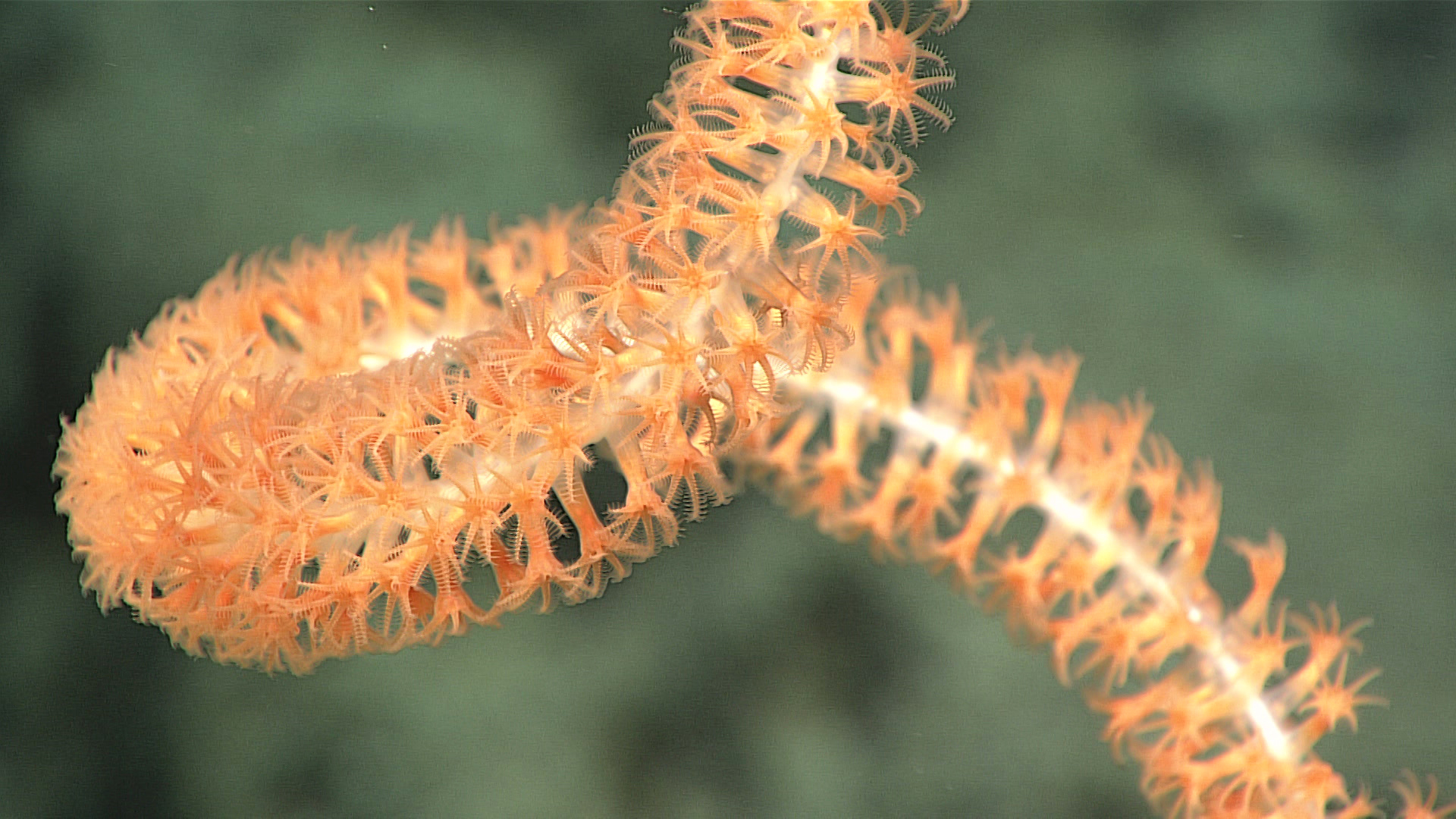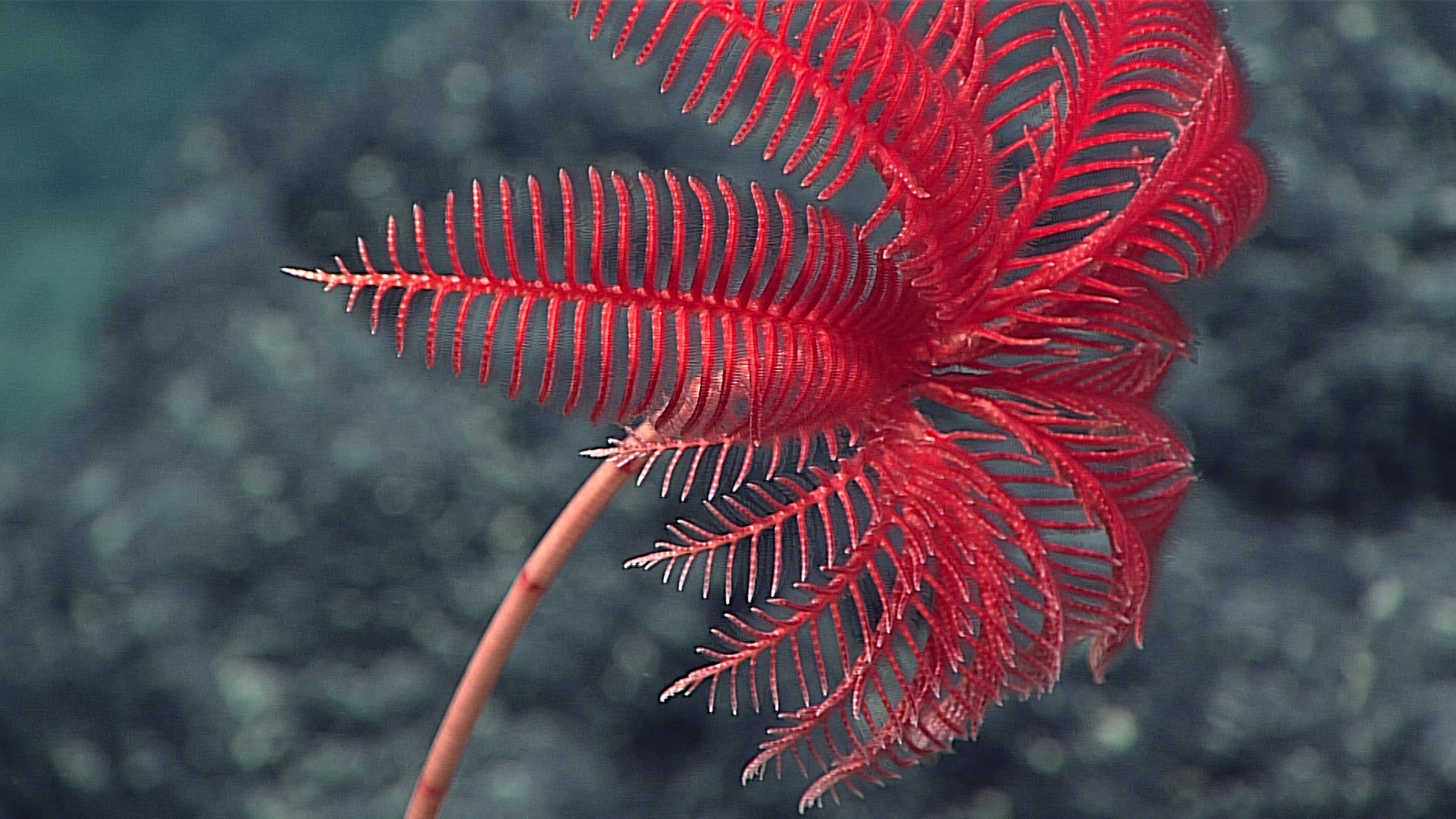The more than 95,000 square miles that make up the Mariana Archipelago are a U.S. national treasure protected by the federal government. But scientists know very little about what lurks beneath the ocean‘s surface.
Now, an expedition of researchers sponsored by the National Oceanic and Atmospheric Administration (NOAA) is exploring the area and uncovering new species across a wide variety of underwater habitats during a 69-day trip that ends next month. Researchers say that exploring the unique region will help scientists understand how habitats function deep below the ocean’s surface. The region includes reef habitats, deep trench areas with some of the deepest water levels on the planet and underwater mud volcanoes that support unique life forms.
Dandelion Siphonophore

The Dandelion Siphonophore may look like one animal but it’s actually a colony of several different organisms working together to provide for each other. Unlike this one, most are linked to the ocean floor.
Deep Sea Anglerfish

Human and marine observers alike may be captivated by the odd growth between the eyes of the anglerfish, pictured here in the pillow basalts. That’s exactly what it wants. The fish uses the lure to attract its prey before eating it in one bite.
Lepidisis Coral

Coral around the world are dying thanks to warm water and human interference. But the Lepidisis coral pictured here appears live and well. And while coral looks like one organism, many are working together seamlessly.
Enteropneust

The enteropneust, also known as an acorn worm, lurks at the bottom of the Sirena Canyon. They are known for the fecal coil they leave behind, as pictured above.
Basket Star

This basket star—found in usual proximity to others—may be a new species. Basket stars use their long limbs to capture prey and can grow them back when they break.
Unidentified Jellyfish

This jellyfish remains unidentified—if only because it was so quick to flee the NOAA underwater vehicle. Researchers suspect its quick movement was a defense mechanism.
Predatory Tunicate

The predatory tunicate waits for its prey, then envelopes its next meal using its entire body. The process looks somewhat like a venus flytrap capturing prey.
Parapagurid Hermit Crab

At first glance this hermit crab may look like any other, but look closer and you’ll see the creature is using one pair of legs to hold a sea anemone. For this parapagurus, the anemone replaces the shell.
Stalked Crinoid

The flower-like stalked crinoid dates back to the Paleozoic era.
Deep Sea Holothurian

Deep sea holothurians, or sea cucumbers, often look static and lethargic in images. But they can spring into action, as the pictured, to avoid predators or other danger.
More Must-Reads from TIME
- Where Trump 2.0 Will Differ From 1.0
- How Elon Musk Became a Kingmaker
- The Power—And Limits—of Peer Support
- The 100 Must-Read Books of 2024
- Column: If Optimism Feels Ridiculous Now, Try Hope
- The Future of Climate Action Is Trade Policy
- FX’s Say Nothing Is the Must-Watch Political Thriller of 2024
- Merle Bombardieri Is Helping People Make the Baby Decision
Write to Justin Worland at justin.worland@time.com